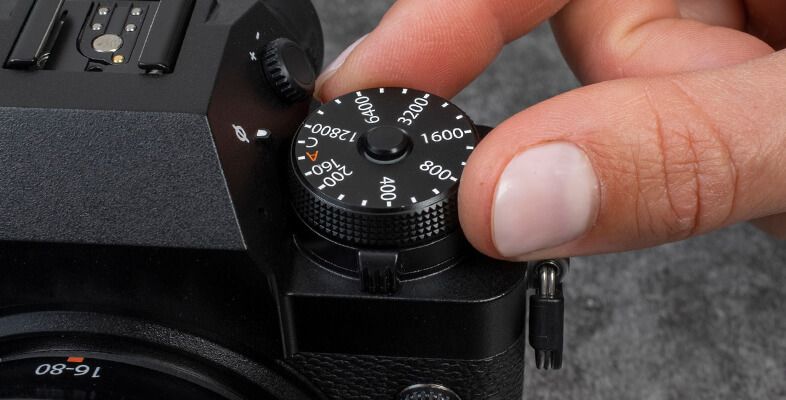What is APEX
APEX, or the Additive System of Photographic Exposure, is a standardized method used in photography to measure and calculate exposure settings. It simplifies the process of determining the correct exposure by providing a uniform system for adjusting aperture, shutter speed, and ISO. Understanding APEX can help photographers achieve consistent and accurate exposures in various lighting conditions.
What is APEX?
APEX is a logarithmic system that quantifies exposure settings using exposure values (EV). Introduced in the mid-20th century, APEX allows photographers to make precise adjustments to their camera settings by adding or subtracting EV units. The system is particularly useful for manual exposure calculations, ensuring that changes in one setting (like aperture) can be compensated for by adjusting another setting (like shutter speed).
Exposure Equation
The exposure equation is central to the APEX system and represents the relationship between aperture, shutter speed, and ISO. The basic exposure equation is:
EV=log2(𝑁2𝑡)EV=log2(tN2)
where:
EV is the exposure value.
N is the f-number (aperture setting).
t is the exposure time (shutter speed) in seconds.
This equation shows how the exposure value (EV) changes based on the aperture and shutter speed. For example, if you increase the aperture size (lower f-number), you can decrease the exposure time (faster shutter speed) to maintain the same EV, resulting in the same exposure.

Exposure Value
Exposure Value (EV) is a key concept in the APEX system. It represents a combination of aperture and shutter speed settings that result in the same exposure. Each EV step corresponds to a doubling or halving of the amount of light reaching the camera sensor. This means an EV change of +1 represents halving the light (e.g., closing the aperture or increasing the shutter speed), while an EV change of -1 represents doubling the light (e.g., opening the aperture or decreasing the shutter speed).
EV is useful for comparing different exposure settings. For example:
An EV of 0 might correspond to an aperture of f/1 and a shutter speed of 1 second.
An EV of 1 could be f/1.4 and 1 second, or f/1 and 1/2 second.
Different combinations of aperture and shutter speed that yield the same EV will produce the same exposure, assuming ISO remains constant.
Conclusion
APEX, or the Additive System of Photographic Exposure, simplifies the complex process of managing exposure in photography. By understanding the exposure equation and the concept of exposure value, photographers can make precise adjustments to their settings, achieving consistent and accurate exposures across different lighting conditions. Mastering APEX allows for greater creative control and technical proficiency in photography.

Or Get YourMoney Back
back your money in the rare case you are not satisfied with the quality of your
damage-free pictures. Only $38 for most image restorations regardless of damage

All rights reserved.